Caitlin McCoy
Navidad – Christmas:
The summer heat already makes the holidays feel distinctly different and Buenos Aires celebrates Christmas with unique Argentine flourishes. This year, the holiday season began with a firework show on Sunday, December 19th. Hundreds of people gathered at the Centro Cultural de Recoleta, (a Cultural Center in the neighborhood Recoleta) on a grassy hill overlooking the city to watch the show. Similar gatherings took place all across Buenos Aires as the crowd enjoyed a stunning display of holiday fireworks. The fireworks continued on Christmas Eve when families set them off in the streets late into the night…or rather, early into the morning. Friday and Saturday night were also popular nights for bars and clubs in Buenos Aires as the unstoppable nightlife certainly wasn’t slowed down by the holidays, rather it seemed to surge because of the holidays as clubs hosted huge parties on Christmas Eve and Christmas Day.
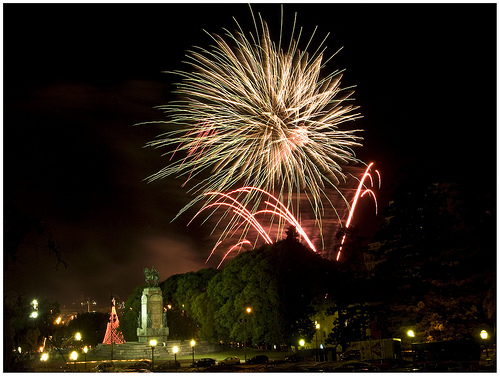
While there is still plenty of activity in the city, most porteños flee the heat to take advantage of vacation time and head over to the coast outside of Buenos Aires to the beach towns along the coastline like, Pinamar, Mar del Plata, Carilo, Villa Gessell, Mar de Las Pampas, and Ostende, just to name a few. Others venture further away to other vacation hot spots in South America like Punta del Este, Uruguay and the Brazilian coast. Those who leave the city, but skip the beach are usually headed into various providences to spend time with family like heading north in Salta or Missiones or going south to Patagonia or Calafate where the weather is cooler.
As far as decorations go, I did not see one live evergreen Christmas tree here in Buenos Aires, but considering the season and climate, it is not surprising. However, there were plenty of artificial trees in all shapes, sizes and colors.
Scattered throughout the city in public parks and plazas, there were large Christmas trees made out of white lights and little red gift boxes hung over one of the city’s main streets, Avenida Santa Fe. Shopping centers featured giant Christmas trees and a range of decorations, including Santa and his elves. Some porteños decorated their apartment balconies with lights and store windows featured holiday displays which made window-shopping even more of an attraction than usual. Decorations that included snowflakes, snowmen and fake snow were comical in the oppressive heat- it ended up reaching 97 degrees Fahrenheit (36 degrees Celsius) on Christmas Day!
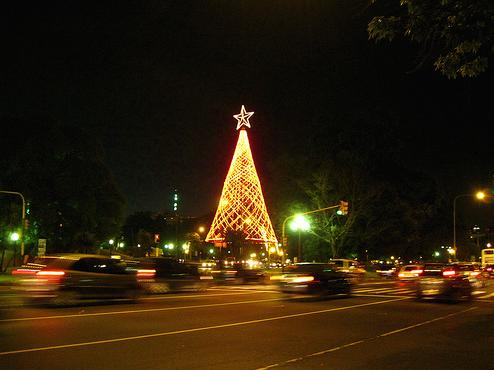
It is customary for families in Argentina to gather and enjoy a big dinner together on Christmas Eve. Many Argentine families have an asado, a traditional Argentine barbeque, and they often drink clerico which is cider or wine chilled with fruit, much like sangria. Every family has their own traditions and special dishes, but among them you will find things in common like, empanadas, milanesa, puree de papas and/or calabaza. Also present at Christmas dinners is pan dulce, which means, “sweet bread,” but is actually a type of fruitcake.
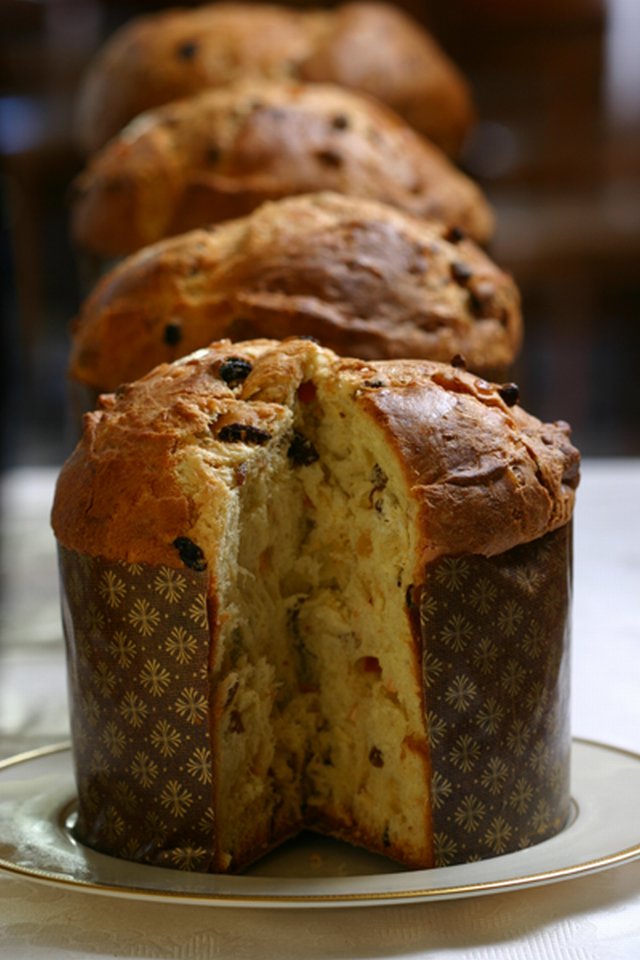
Noche de Reyes – Kings’ Night:
Each family has their own traditions regarding gift giving during Christmas time, which often has to do with another holiday that is related to and celebrated close to Christmas: Noche de Reyes or Reyes Magos, Kings’ Night. According to biblical tradition, the kings that visited the newborn baby Jesus in Bethlehem did not arrive until after his birth, a day agreed upon as January 6th. They arrived with gifts for the baby: gold, frankincense, and myrrh. Many countries around the world celebrate the Kings’ visit with this holiday, including Argentina. So every year on night of January 5th, children put their shoes out before they go to bed so that the Kings will leave gifts for them. Children often also put out a little bit of hay and water for the Kings’ camels and to encourage the Kings’ generosity. Some families give gifts on Christmas or Kings’ Night and then give children small toys or candy on the other. There are a variety of songs and other traditions that are also a part of the holiday, but they vary widely from region to region and country to country.
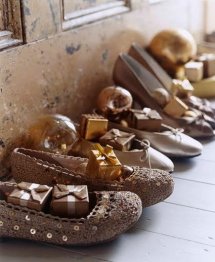
Hanukkah:
Hanukkah is celebrated widely in Argentina because of the large Jewish population, particularly in Buenos Aires. One way to celebrate is to go to a public menorah lighting hosted by Chabad-Lubavitch, which has centers all across the world. Argentina has more than 10 Chabad-Lubavich centers, at least three of which host menorah lightings. There is also a large municipal menorah in Plaza San Martin in Buenos Aires which is set up by the city government.
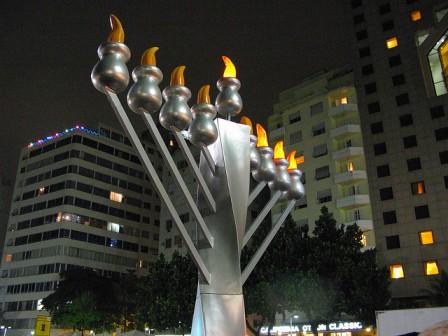
If celebrating Hanukkah in Buenos Aires, it is a great idea to visit to the city’s predominantly Jewish neighborhood, Once. It is a historic area, filled with wholesale shops, kosher restaurants and synagogues. Located right next to Once, in the neighborhood Abasto, there is the only kosher McDonald’s outside of Israel. Tucked away in the Abasto Shopping Center’s Food Court, this McDonald’s is carefully monitored by Argentinean rabbis to ensure the food is completely kosher. It serves the typical McDonald’s menu but there is no form of dairy available.
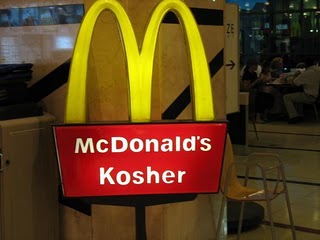
During Hanukkah, Argentines give family small gifts, like chocolate coins, or “gelt,” but gift giving isn’t emphasized in Argentina as much as it is in the United States or other countries because the holiday is considered relatively small here.

